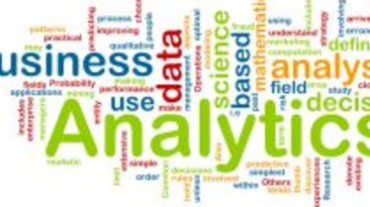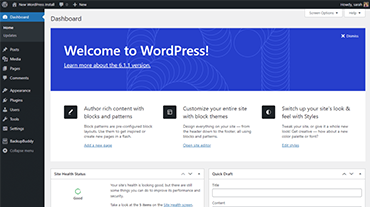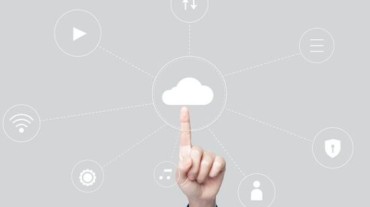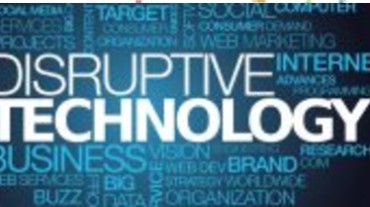Analytics in the business world
Analytics is the discovery and communication of meaningful patterns in data. Analytics often favors data visualization to communicate insight. Firms may commonly apply analytics to business data, to describe, predict, and improve business performance.
In our organization we have been having the challenges of network outages on and off due to various reasons. Some of the reasons were due to maintenance and other reasons were fiber cuts, etc. Had the network provider collected the contextual data, they would have been in a position to be able to identify the trends for outages, the top reasons for the outages which is part of Business Intelligence. Based on this analysis, we can start predicting the issues.





